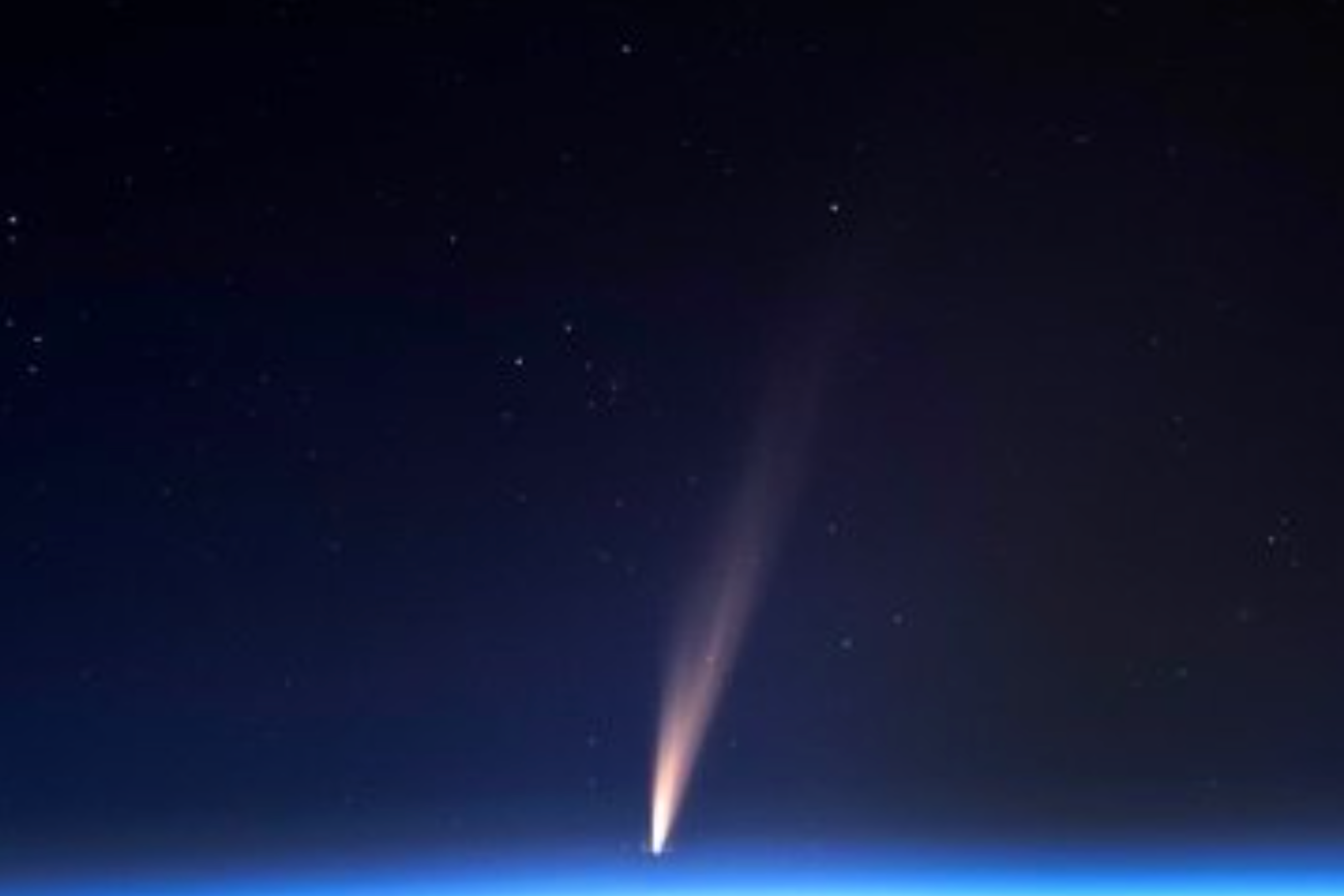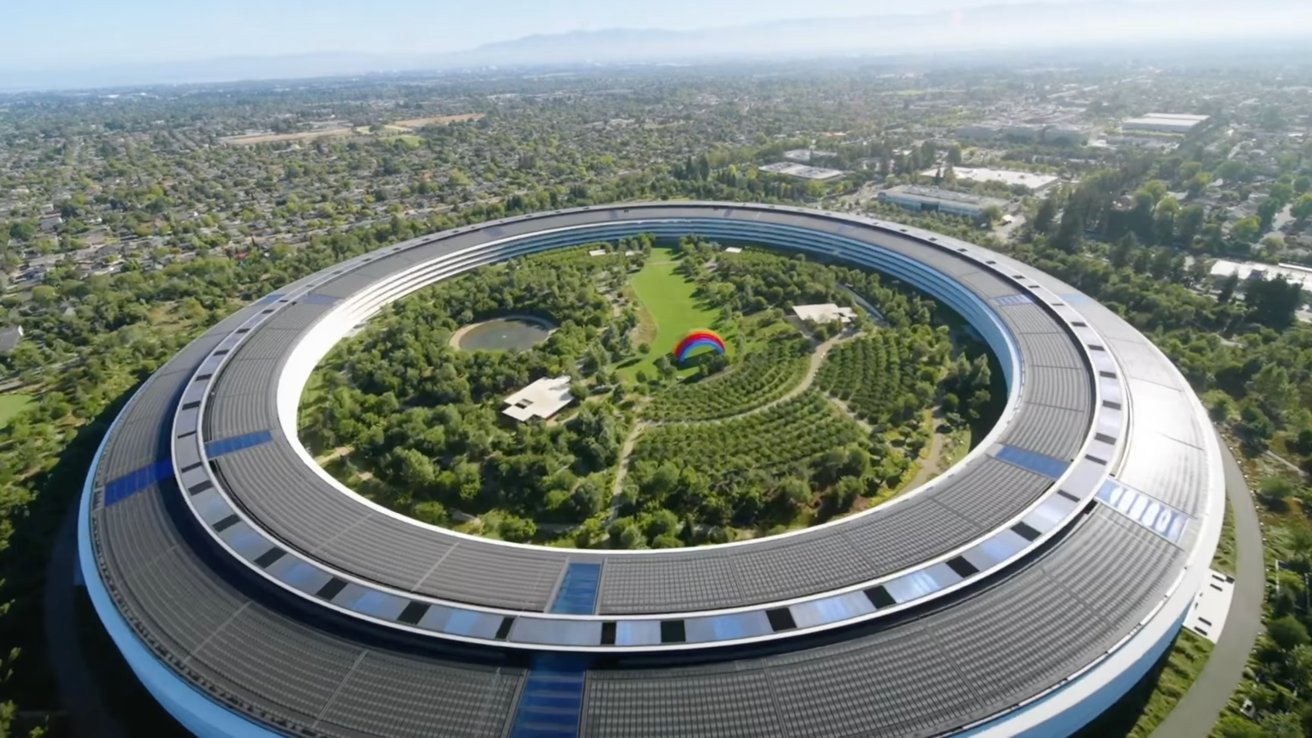Once-in-a-lifetime comet will become visible for the first time in 160,000 YEARS today - here's the best time to see the bright space rock
Share:
If you're a fan of skygazing, make sure you have your eyes to the skies this evening. A once-in-a-lifetime comet is set to become visible for the first time in 160,000 years - and you don't want to miss it. The comet, called C/2024 G3 (ATLAS), was discovered by the ATLAS survey sytem, and has been slowly approaching the inner solar system.
![[This stunning image was taken of the comet early yesterday morning near Tornaľa, Slovakia]](https://i.dailymail.co.uk/1s/2025/01/13/10/94031891-0-image-a-48_1736764085230.jpg)
Current calculations indicate that it will make its closest approach to the sun today at a distance of about 8.3 million miles. While that might sound far away, it's acutally relatively close - with astronomers dubbing the comet a 'sun-skirter'. Dr Shyam Balaji, a researcher in astroparticle physics and cosmology at King’s College London, said: 'The comet is expected to make its closest approach to the Sun (known as the perihelion) around January 13, 2025.
![[During its passing, Comet C/2024 G3's brightness will be influenced by its proximity to the sun, according to Dr Balaji. Pictured: Comet C2023 A3]](https://i.dailymail.co.uk/1s/2025/01/13/10/94031893-0-image-a-49_1736764114202.jpg)
'However, as with all comets, its visibility and brightness can be unpredictable. 'Observers may have opportunities to spot it in the days around perihelion, depending on local conditions and the comet's behaviour.'. If you're a fan of skygazing, make sure you have your eyes to the skies this evening. A once-in-a-lifetime comet is set to become visible for the first time in 160,000 years - and you don't want to miss it.
This stunning image was taken of the comet early yesterday morning near Tornaľa, Slovakia. Comets are frozen leftovers from the formation of the solar system composed of dust, rock, and ices. They range from a few miles to tens of miles wide, but as they orbit closer to the Sun they heat up and spew gases and dust into a glowing head that can be larger than a planet.





















